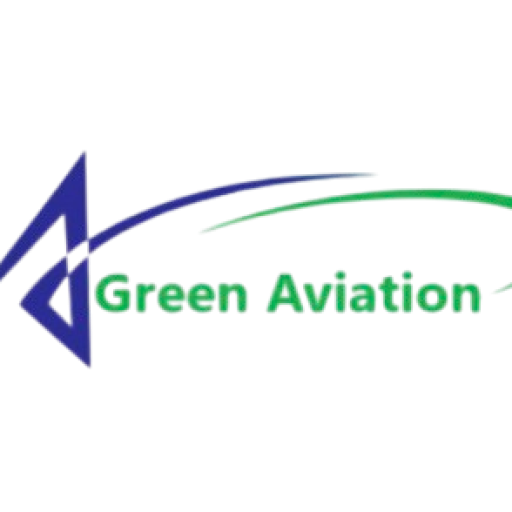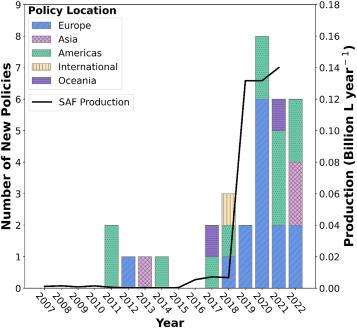This Content Is Only For Subscribers
Authors: M.J. Watson, P.G. Machado, A.V. da Silva, Y. Saltar, C.O. Ribeiro, C.A.O. Nascimento, A.W. Dowling
Publication Date: 26 September 2024
Category: SAF
Article Link: https://www.sciencedirect.com/science/article/abs/pii/S095965262400920X
DOI: https://doi.org/10.1016/j.jclepro.2024.141472
Abstract (Official): This critical review comprehensively assesses the current landscape of sustainable aviation fuel (SAF) technologies, their associated costs, emissions profiles, policy implications, and market dynamics. This review highlights several key findings regarding bio-jet fuels as a low-carbon emission alternative to traditional jet fuel. First, the hydroprocessed esters and fatty acids (HEFA) technology stands out, boasting the highest possible technology readiness level (TRL) and fuel readiness level (FRL) of 9, indicating its advanced stage of development and readiness for commercial deployment. Second, most bio-jet fuel production technologies entail costs averaging at least 120% higher than conventional fossil-based jet fuel while achieving emissions reductions of at least 27%. Despite these high costs, only 38% of existing policies provide monetary incentives to SAF producers, resulting in SAF production operating at only 3.5% of its total potential capacity. Consequently, the paper highlights open research questions at the intersection of SAF technology development, policy, and market.
GAT Editor’s Comments:
– Paper examines landscape of SAF technologies, their associated costs, emissions profiles, policy implications and market dynamics
– Key findings include: (1) HEFA (hydroprocessed esters and fatty acids) technology stands out as being closest for commercial deployment based on its highest technology readiness level and fuel readiness level; (2) average bio-jet fuel production costs are 120% higher than conventional fossil-based jet fuel while reducing emissions by at least 27%; (3) insufficient monetary incentives being offered to SAF producers which is limiting SAF production


